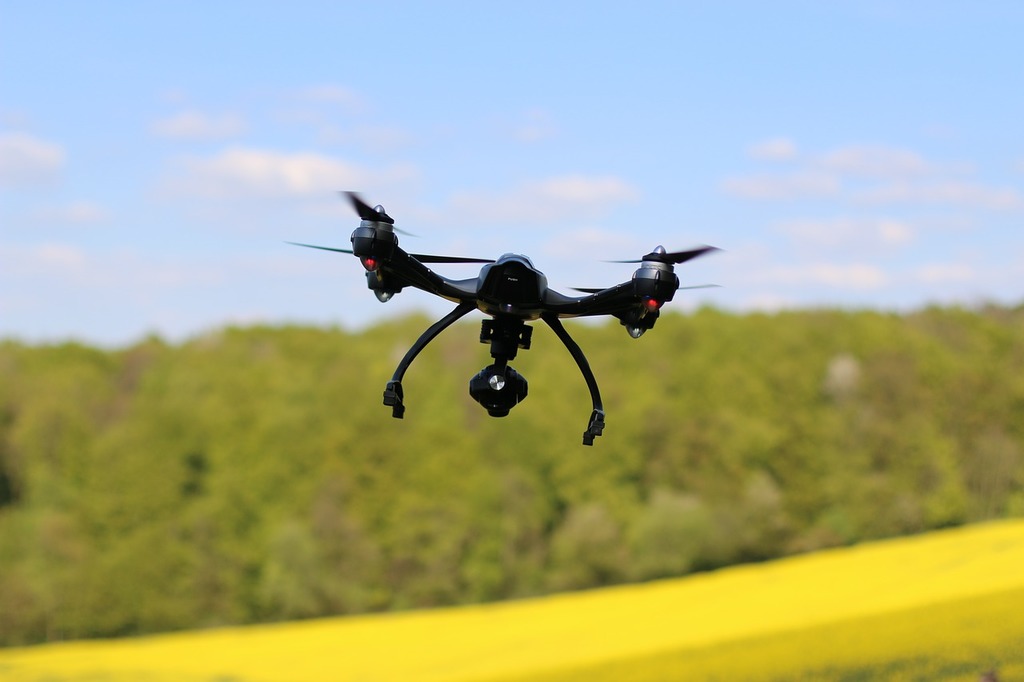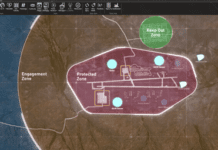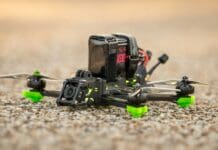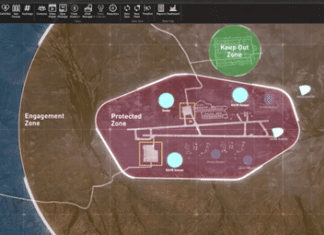This post is also available in:
 עברית (Hebrew)
עברית (Hebrew)
Major disasters do not occur frequently, but when they do many people’s lives are lost and put into danger. It is imperative that first-responders arrive to help as soon as possible. The University of Alabama in Huntsville (UAH) has been chosen to be a contractor in an experiment devised to make first responder communications and on-site information better during a major disaster.
The experiment comes from the U.S. Dept. of Homeland Security Science and Technology Directorate who assesses upcoming communications technologies in disaster situations.
The Federal Emergency Management Agency has hosted a five-year series of Shaken Fury experiments. The last one “will evaluate selected DHS-developed and commercial technologies to see how they integrate with existing public safety systems using open standards, and how those integrated capabilities enhance operational communications, increase operational coordination, improve responder safety and augment situational awareness,” as stated by uah.edu.
The experiment will consist of Shaken Fury provoking the after-effects of an earthquake with a 7.2-7.3 magnitude.
The main point of the experiment is to improve public safety capabilities before Birgmingham hosts the World Games in July 2021. The experiment will hopefully lead to communication systems progressing in the near future by congregating industries and first responders.
The experiment will be very realistic, yet hypothetical at the same time. It will encompass Legion Field stadium partially collapsing and releasing hazardous material. In order to keep the public safe in this hypothetical situation, the stadium would need to be evacuated, decontaminated, and search and rescue would be needed.
The experiment will focus on Unmanned Aircraft Systems (UAS) being brought in to initially respond to the disaster. It will then direct its attention to recovery operations. UAS are primarily used in disaster response because they are feasible for the job and have a very long-range. In certain scenarios it is almost impossible for people to perform in certain environments due to safety issues, but UAS have the power to operate in practically any environment.
UAH will be mainly working on technological development, integration testing, and operational deployment. The University will be trialing a variety of surfacing technologies all throughout the experiment to determine which is the most appropriate.
First-respond systems are generally lacking tools for resource tracking, image and video analysis, and common operating pictures for situational awareness platforms. The UAH plans to improve all this with the experiment they are conducting.


























